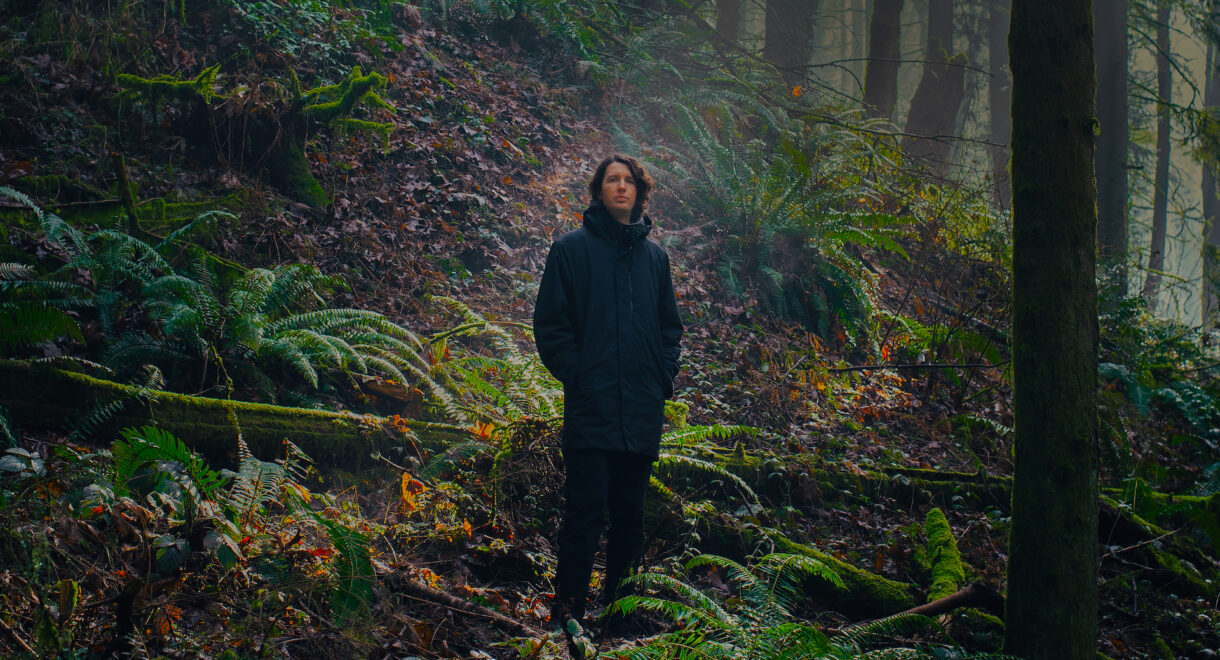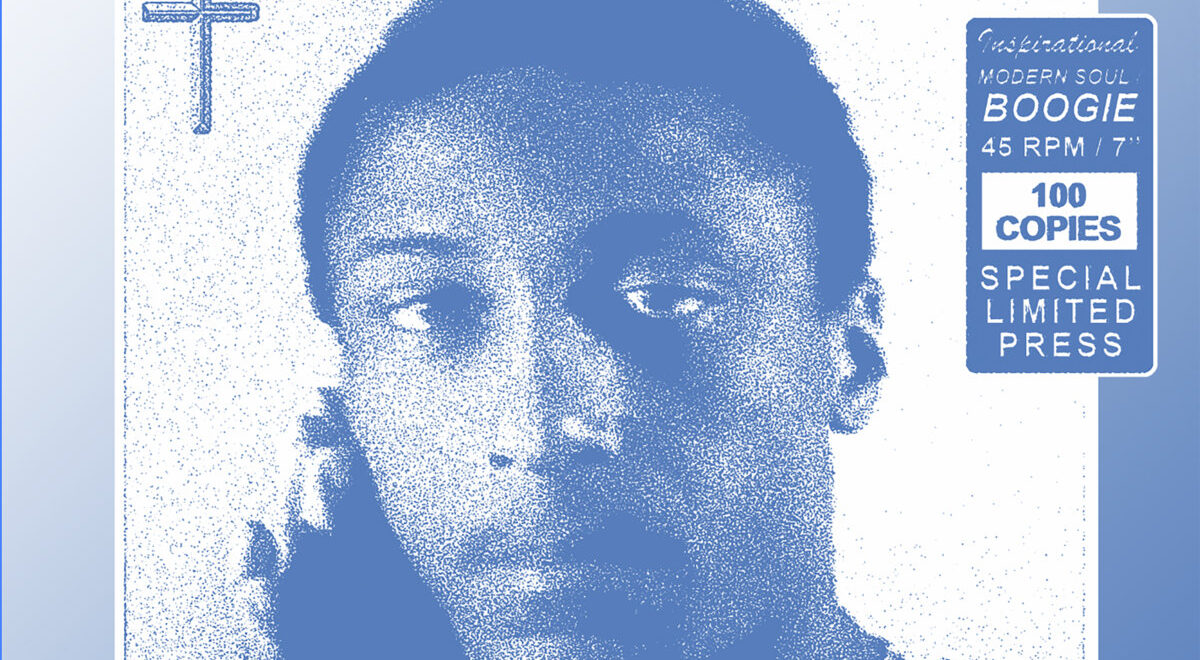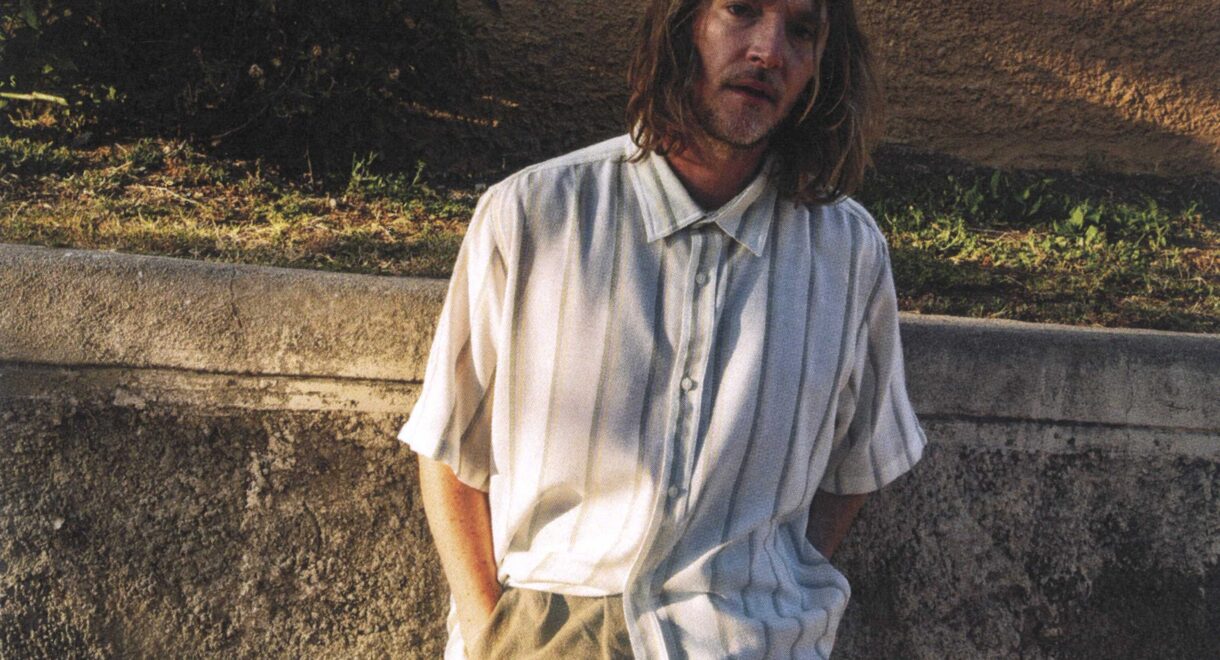The latest vinyl arrivals from Osaka’s EM Records reveal how much wonder can live in small, deliberate gestures. For more than thirty years, Osaka’s EM Records has quietly […]
Componium Ensemble: 10 Automated Works from Spencer Doran (Visible Cloaks)

Proto-midi music machines and other musical automata selected by Spencer Doran (Visible Cloaks).
Composer, sound designer and researcher Spencer Doran (Visible Cloaks) has a new record out on Kyoto-based label EM Records. While his project Visible Cloaks explored futuristic sound design within an ambient and environmental music realm, 8 Automated Works presents a more self-contained world of “indeterminate chamber music” drawing from a rich lineage of automated musical instruments, like the pianola (player piano) and Greek water organ. Componium Ensemble, named after Dietrich Nikolaus Winkel’s “self composing” mechanical organ, brings these proto-midi systems into the present (and future) with virtual instruments and digital technology.
While most of these ancient machines were physically limited in their instrumentation, 8 Automated Works takes full advantage of the near-limitless possibilities of software systems: digitally modeled versions of celesta, prepared piano, bowed harpsichord, flute, bamboo tingklik, guitar, bass clarinet, steel drum and more are sequenced through algorithmic processes and chance systems to deliver beyond human performances as hypothetical ensembles. These incredible “virtual players” in Doran’s digital systems also recall the hyperreality of cyber-human music pioneer Noah Creshevsky, whose works were compiled on EM Records Hyperrealist Music, 2011-2015.
Componium Ensemble is available now in our webstore. Shops can reach out to [email protected] for wholesale.
In celebration of the release, Spencer Doran shared a selection of 10 Mechanical Music favorites with us with the follow introduction:
“In approaching the construction of the pieces on 8 Automatic Works, one of my big points of reference was the mechanized instruments and automatons that became fashionable in the 19th century, where constructing arrangements became deeply interlinked with mechanical design in this early post-human approach to music making. While a lot of these historical instruments exist inert in museum or private collections (including Dietrich Nikolaus Winkel’s Componium, which the project draws its name from), their actual sonification is well documented on records. Here are 10 of my favorites, starting with historical instrument collections and wandering a bit off the path as the list goes…”
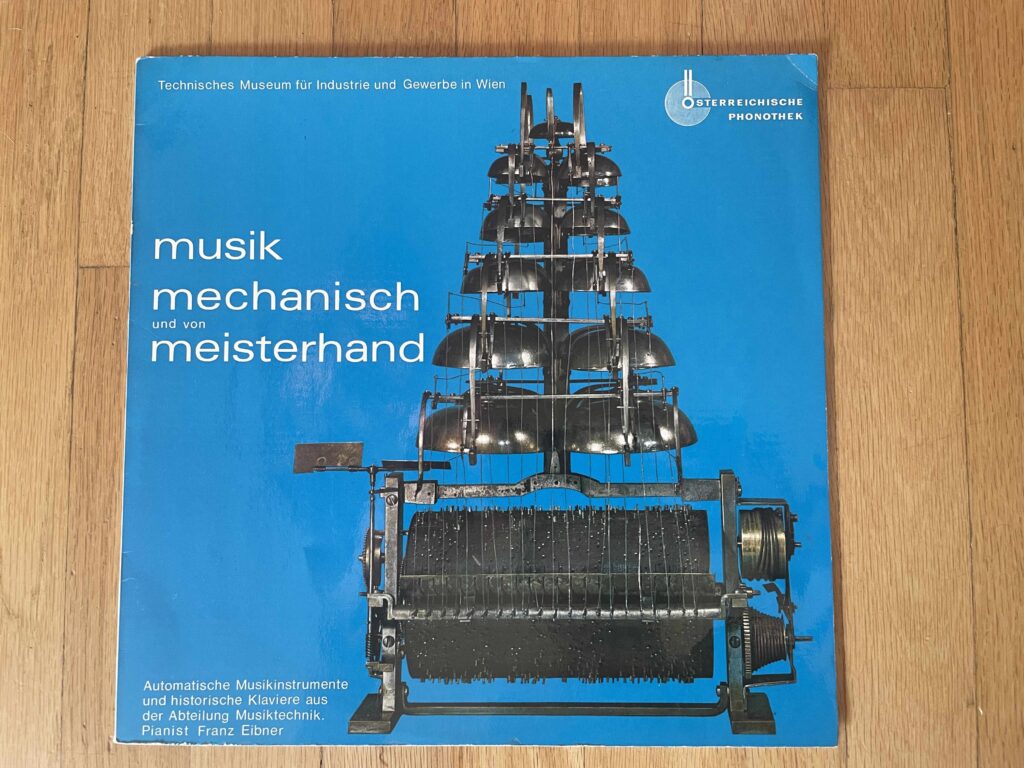
Franz Eibner – Musik mechanisch und von Meisterhand
“Incredible and varied collection of instruments and musical systems from the Vienna Technical Museum. The advancement of mechanical music in 19th century Europe can be framed in part as an extension of the kind of technical precision also seen in clock making (which reached its apex in th Germanic regions of Austria and Switzerland) – a musical manifestation of the rigid organization of matter and time. The second side is all historical pianos (human played) and is also quite nice.”
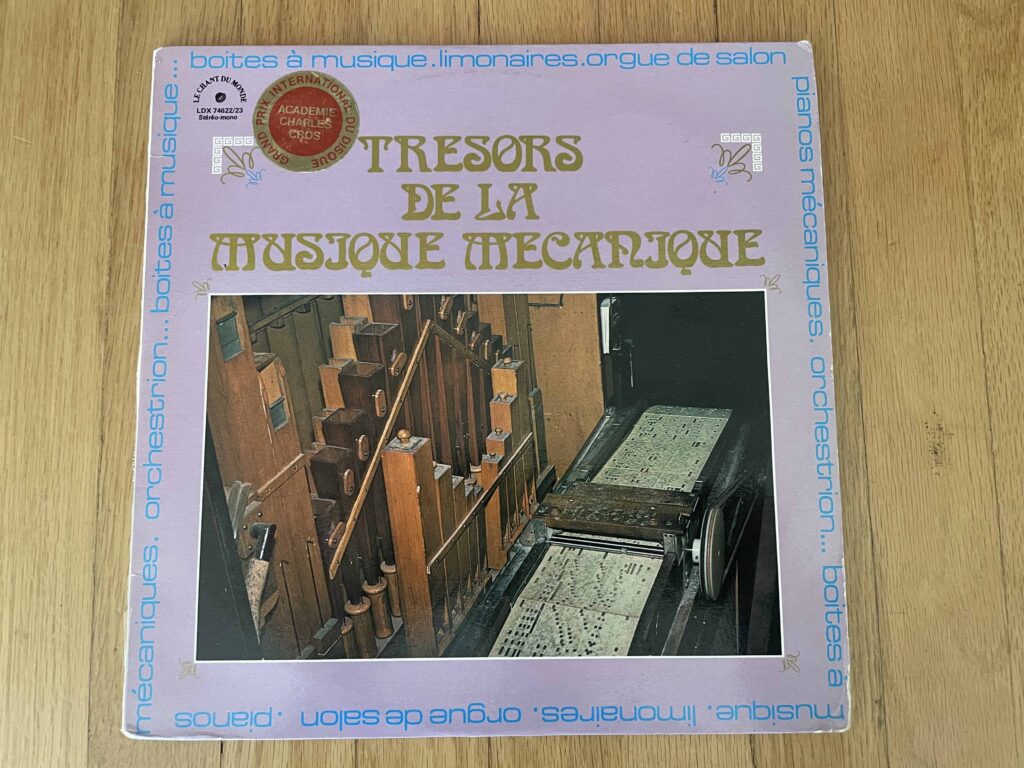
Pierre Verany – Trésors De La Musique Mécanique
“Richly illustrated 2LP cornucopia of historical French music boxes, player pianos and automated jazz ensembles released by Le Chant du Monde, including an “Aeolian Orchestrelle” mechanical pump organ that belonged to Toulouse-Lautrec.”
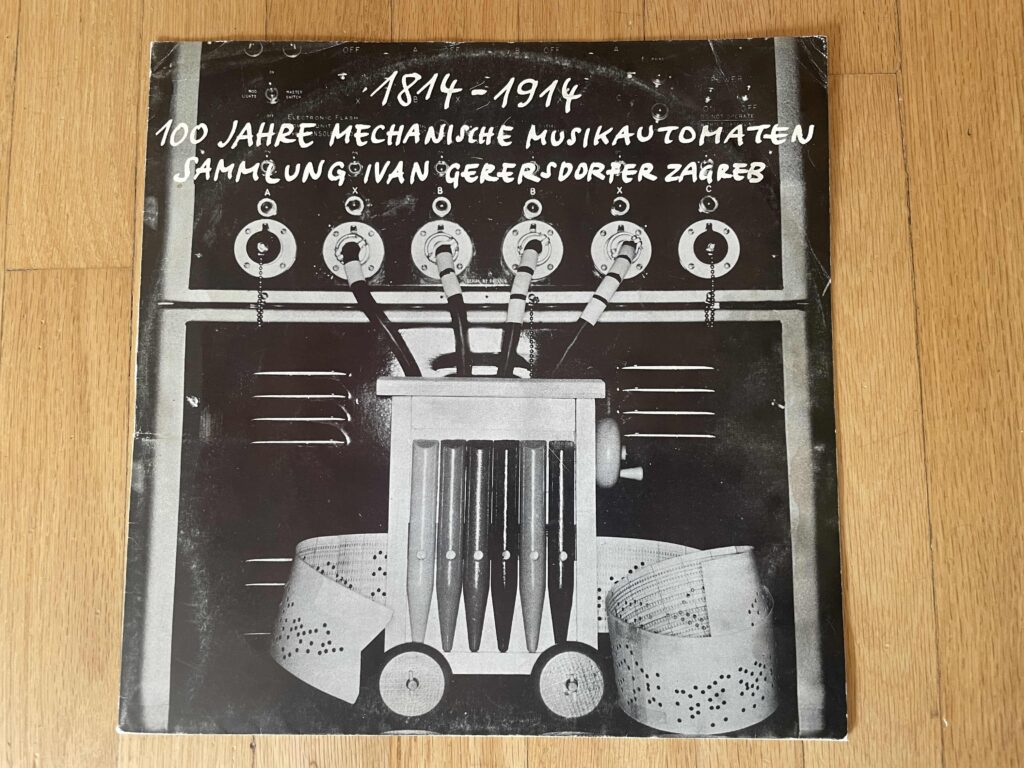
Ivan Gerersdorfer / Janko Jezovšek – 1814-1914 (100 Jahre Mechanische Musikautomaten)
“Outside of museums, another vector for the preservation of mechanical music systems was the eccentric private collector (see also: Siegfried Wendel), and this LP documents the Croatian clockmaker Ivan Gerersdorfer’s collection of mechanical musical automata in Zagreb. Recorded at Gerersdorfer’s house by under-known Slovenian composer Janko Jezovšek (himself the inventor of the hole-punch “lochomotive” composing machine for children, seen on the cover), this self-released LP is a fairly lo-fi affair and the instruments in a woozy state of disrepair but it all plays into the feeling of a misty, other-worldliness.”
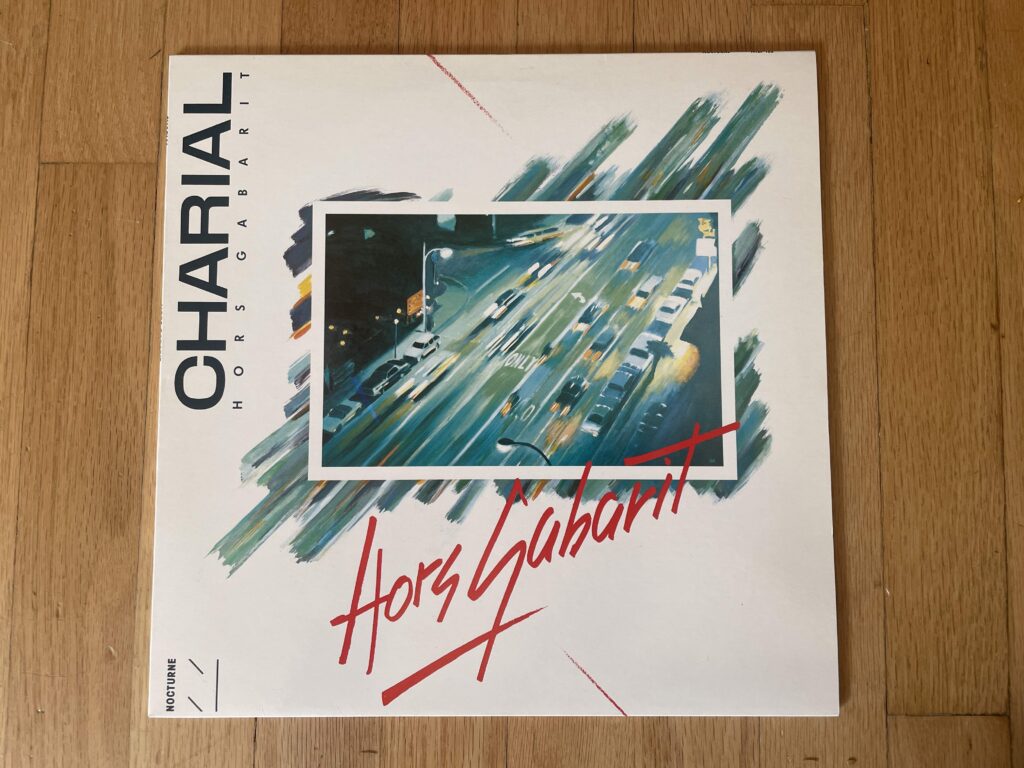
Pierre Charial – Hors Gabarit
“Pierre Charial is a French pianist/organist who revived the 14th century barrel organ (favored by Parisian street musicians) for modernist purposes. His work was constructed via a similar hand-punched, mathematically precise system as Conlon Nancarrow with long sheets of MIDI-like “cartoons” (as he calls them) which are realized by hand-cranking. The arrangement of Chick Corea’s “Spain” here is absolutely insane and has the air of vaguely-humanized computer music.”
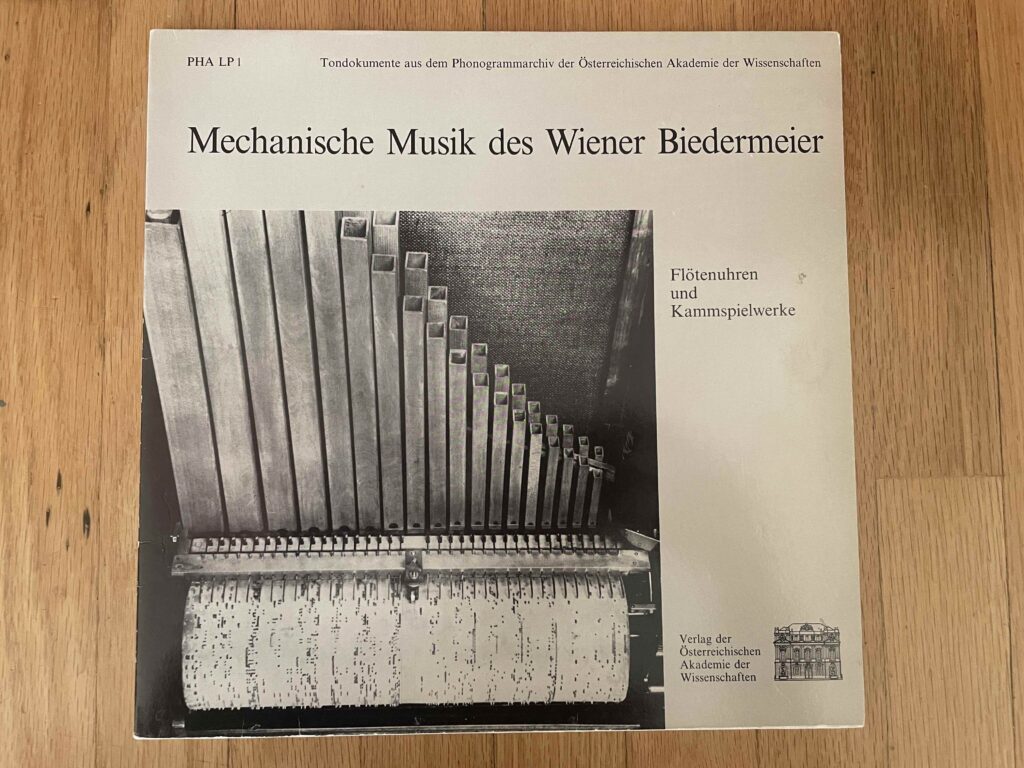
Mechanische Musik Des Wiener Beidermeier – Flötenuhren und Kammspielwerke
“The Austrian Academy of Sciences released only two LPs – a mind-bending collection of Tanzanian polyphonic singing recorded by Gerhard Kubik (one of the greatest ever ethnographic recordings) and this collection of flute clocks and comb-mechanism music boxes (flötenuhren und kammspielwerke) – pretty good run. Found this some years back at the legendary, muti-generational Alt & Neu Records in Vienna (the shop in Before Sunrise).”
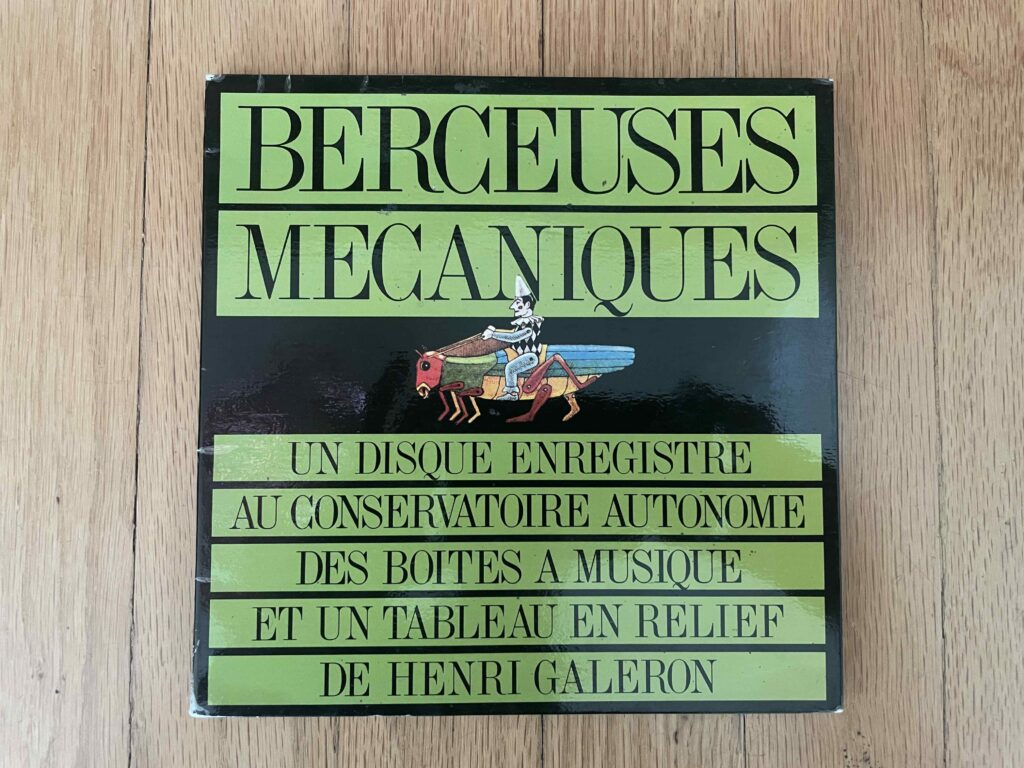
Jean-Louis Mechali – Berceuses Mécaniques
“Absolutely beautiful 7” of lullaby music boxes recorded by fascinating Marxist avant-jazz figure Jean-Louis Mechali, around the time he was arranging those bugged out Chevance kids records for Le Chant du Monde. Also related is the Albin Michel children’s book/CD organized by Michel Redolfi which basically sounds like this record ran through the GRM Tools blender.”
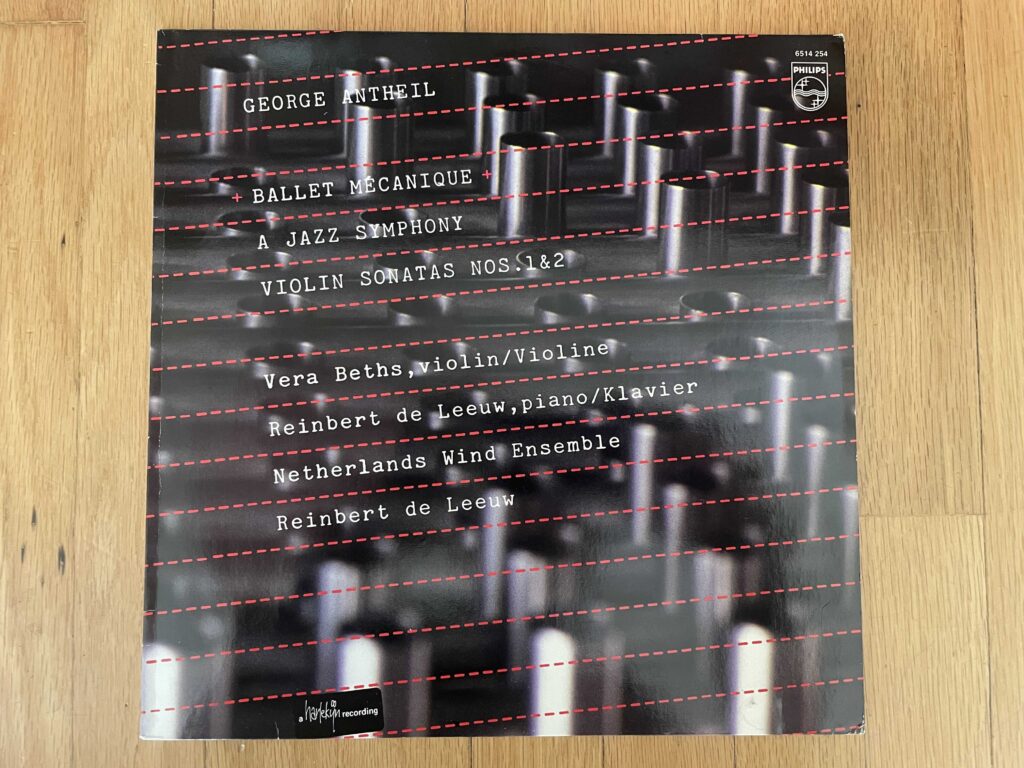
George Antheil – Ballet Mécanique / A Jazz Symphony
“Antheil’s Ballet Mécanique features the birth of the grid as a defining compositional structure (via the pulse of interlinked player pianos), which would later become the undergirding for nearly all contemporary music as electronics seeped deeper into human music making with the advert of the step sequencer in the 1970s. No wonder of course that it was continually name-checked by 80s techno-pop musicians and digital avant-gardeists like Sakamoto, Yello and Koji Ueno. This clear 80s recording organized by Dutch Satie-ologist Reinbert de Leeuw is the best I’ve heard.”
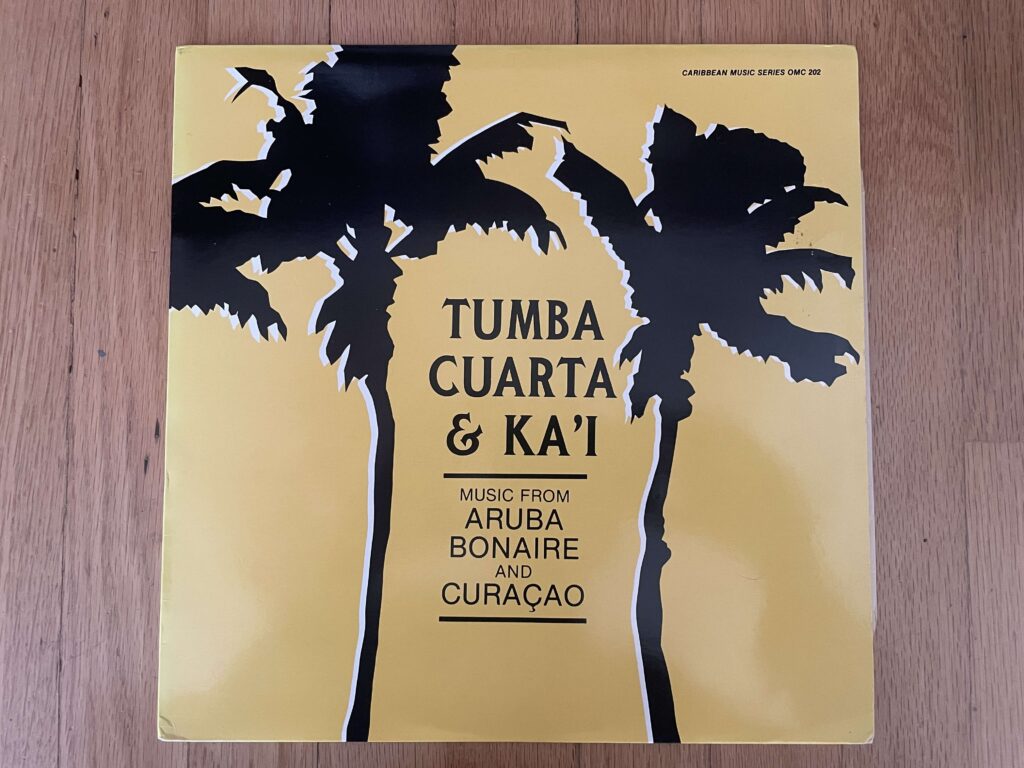
Tumba, Cuarta & Ka’i – Music From Aruba, Bonaire And Curaçao
“Very interesting Antilles islands ethnographic survey, which includes a short but totally perplexing recording of the caha di orgel (or “tingilingi box”), a hand-cranked Aruban cylinder piano first invented in Germany which made its way to Aruba, Bonaire, and Curaçao via Dutch colonialism and was adapted to local folk music traditions in the early 20th century. With wooden, nail-studded cylinders turning the hammers (and clanking metallic percussion accompaniment), the sound is totally cathartic.”
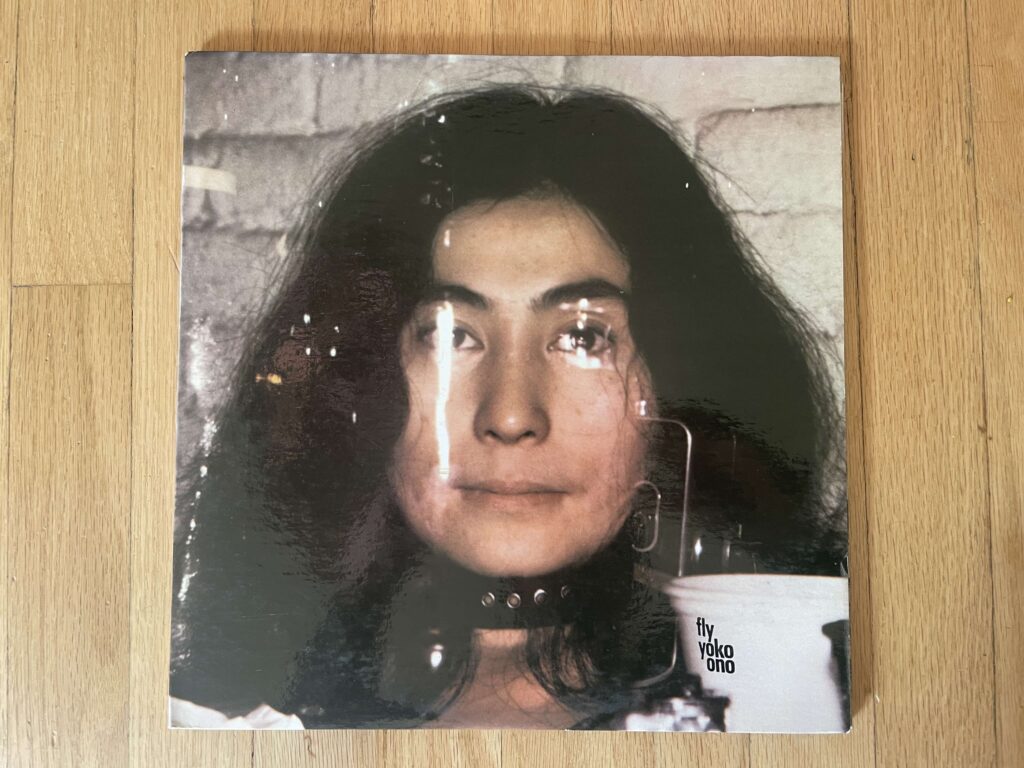
Yoko Ono – Fly
“Notable here for Side C, in which all of her pieces are backed by fellow Fluxus artist Joe Jones’ self-playing automatic music orchestra, described poignantly by Ono as “instruments that lead us to emotions arrived at by their own motions rather than by our control” which she likens to the wind blowing through the windows of an empty house as if it were a giant aeolian harp.”
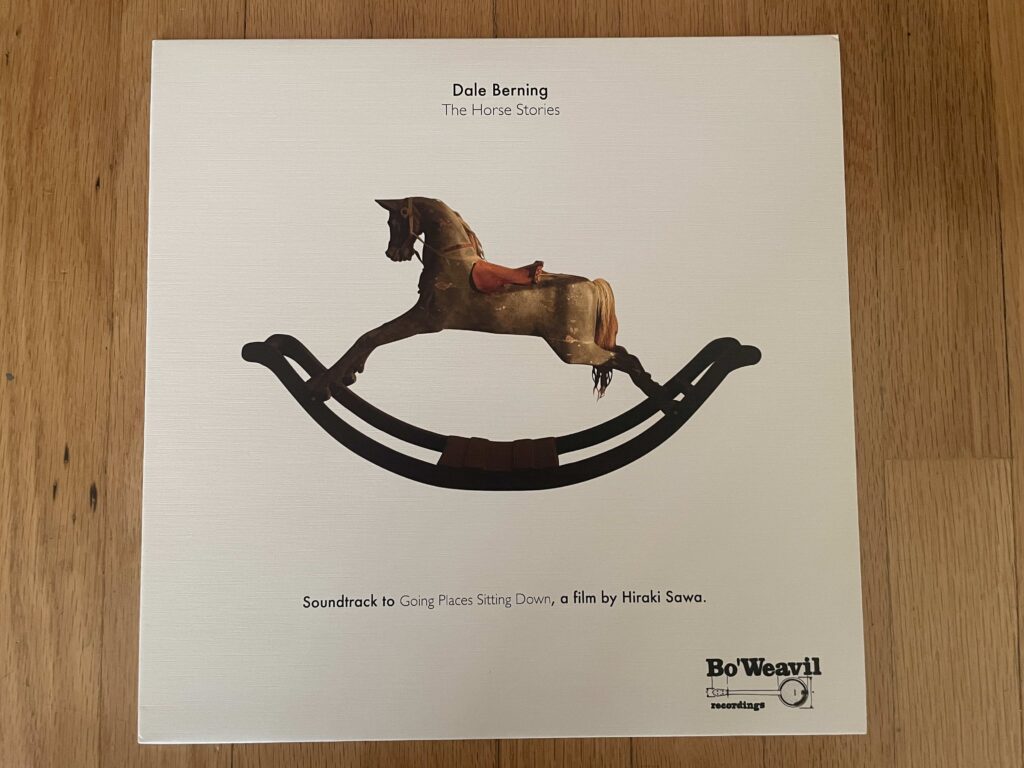
Dale Berning – Horse Stories
“Cut-up music box samples became one of the biggest turn-of-the-millennium glitch music clichés but never has the concept been executed as gracefully as on this perfect album (the only things she ever released). Initially the score for an installation in that peaceful little glass room Dan Graham built for Hayward Gallery in London.”





